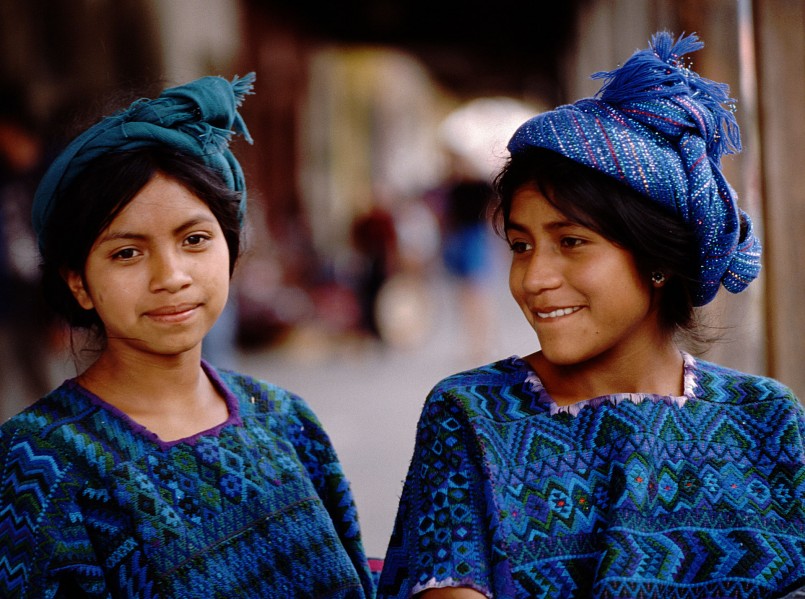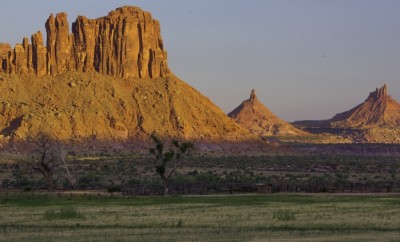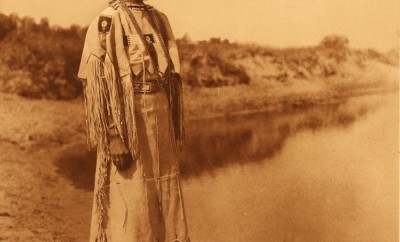Cultures
The Maya People: They Haven’t Disappeared & They Need Your Help

Image: WIkipedia
The Maya People: They Haven’t Disappeared & They Need Your Help
When people think of the Maya, the first thing that comes to mind is usually ancient, crumbling jungle ruins and stepped pyramids. The ancient Maya flourished in the temperate rainforests of Central America, establishing a civilization almost two thousand years before the arrival of Columbus.
Basing their lives around the cultivation of Maize and religious rituals, the Mayans built huge cities and complex social and political organization. Mayan history is divided into three periods, the pre-classic, classic, and post-classic.
The pre-classic period is the period where the beginnings of agriculture in Central America laid the foundations for the complex societies that led to the classic period of Mayan civilization, which is when those famous pyramids were constructed.
The classic period ended with a mysterious abandonment of the major cities and the end of megalithic construction in Mayan culture, leading to the diminished post-classical period. This period of collapse has created a common misconception about the Maya. There is a famous historical narrative that the Maya “disappeared”. The early archaeologists and explorers had a hard time explaining why the great cities of the Maya might suddenly be abandoned, and the myth spread that one day they had simply all died out or disappeared into the jungle.
There are a number of theories on why these cities were suddenly abandoned ranging from war to revolution to disease and perhaps most convincingly draught, yet no serious scholars of Mayan society would suggest that they had just vanished one day. It would be impossible to suggest that were the case, since the Maya can still be found today, living throughout their traditional homelands, and speaking their traditional languages.
The majority of Mayans, who comprise an estimated 7 million people, live today in the areas including the Mexican state of Chiapas, as well as provinces in Belize, and Guatemala. Many carry on traditions of dress, food, music, and language from their ancestors.
Yet it is proving ever more difficult for Mayan culture to survive in the face of the ever-present danger of losing these traditions to the influence of the outside world.
Most Mayans today live through subsistence agriculture and outside economic pressures threaten the stability of their communities. Logging is a major industry in the rainforest areas that the Maya live in and the pressure to sell the rights to their lands is a source of serious tension in the Maya community.
Logging companies and mining corporations are frequently involved in conflict with indigenous people in the Americas, including the Maya, who are struggling to balance the demands of industry with their traditional way of life.
The Maya, like many indigenous peoples, are also the frequent targets of discrimination and violence. In Guatemala, in particular, there has been much criticism of government policy that many argue marginalizes the Maya people. Mayans in Guatemala are frequently subject to discrimination, exploitation for cheap labor, an educational system that discourages the speaking of Maya languages and chronic malnutrition.
Mayans are also subject to brutalization by mining companies, like Canada’s Goldcorp, whose local representatives have left behind a legacy of physical and sexual violence in Guatemala.
As the Maya maintain their traditional heritage, they also seek to be treated with the basic dignity that has so long been denied them.
As Rigoberta Menchu, Nobel Prize-winning Mayan Activist put it, “We are not myths of the past, ruins in the jungle or zoos. We are people and we want to be respected, not to be victims of intolerance and racism.”





0 comments